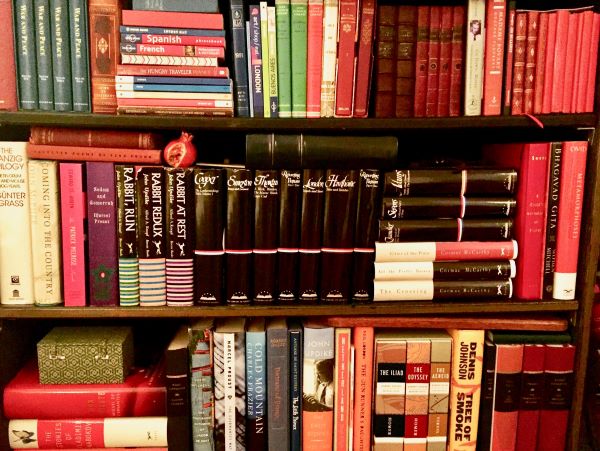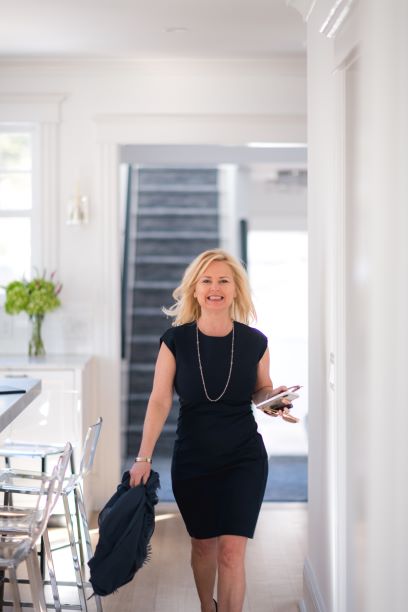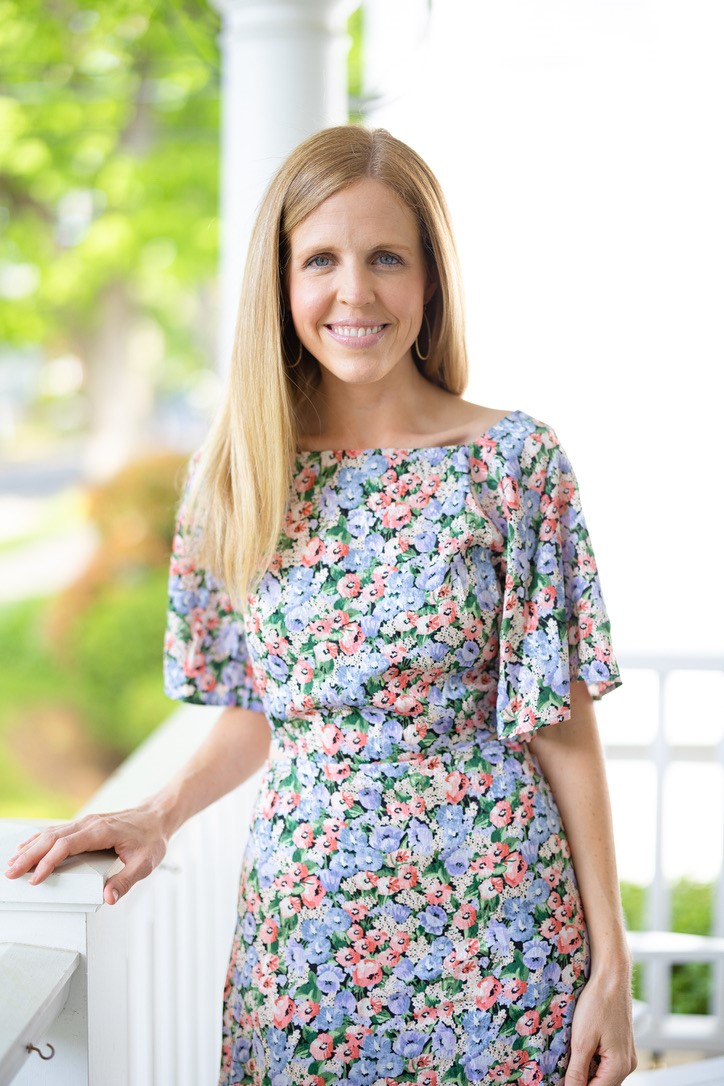Mix and match hardcovers and paperbacks.
Shelf Life: At Home With Books
By Tom McDermott
Due to having bicoastal interior designers in the family, I’m mostly on the sidelines when it comes to creative ideas about fabrics, furniture, wallpaper, and paint color. Not to mention gardens. But, when it comes to books, I can usually come off the bench and kick one through the uprights.
My wife has often exclaimed about my forgetfulness when asked to do an errand. But she is amazed at my ability to recall, even many years later, exactly where a certain book sat on a shelf or to locate a single volume in a box among many boxes.
From my earliest days crawling around my grandfather’s glassed book cases to, well, this morning at our cottage, where my desk is kept aloft by a stack of you-know-what, it has been books, books, books. I fall asleep next to a pile, check that, two piles, and see the same piles first thing in the morning.
Given that history, you can understand my disappointment upon entering a home with few or no books on display. On the other hand, on several occasions I have been taken by surprise that my hosts somehow came to possess a number of the same well-loved volumes that I have – only to discover later, riding home with my wife, that they actually <were> my books, on loan.
There are many examples around Rye of homes that make expert use of books (this paper’s owner’s home, for one). My own approach, since departing from a large home with ten-foot-high custom cases, has become more informal.
Herein then, a few thoughts about arranging books at home:
- If you have a room in the house with a spiffy desk, thick carpet, a stunning view of the pool, and a couple of lonely Tom Clancy titles, do not refer to it as the “library”. You’re in an office.
- You can arrange your books by category, of course – fiction, non-fiction, etc.– or by dustcover or binding color, hardcover or paperback. But one fun way to do it is to think of your shelves as a kind of garden, not only with reference to color, but with perennials – books you can’t part with – and annuals –ones that can be culled and replaced.
- Feel free to lay some books on their sides in between the upright ones, as you might with “coffee table” books. And, spread those same oversize titles around, on ladders ottomans, for example.
- Designers sometimes recommend a “books by the yard” approach. Try to avoid this desperate move. Library of America makes beautiful hardcover volumes in blue, green, and burgundy cloth covers and stunningly attractive black dustcovers with horizontal stripes. Also, for a shot of color on the shelves, and to add some class-ics to your life, browse the Loeb Classical Library for red (Roman) or bright green (Greek) titles.
- Trade paperbacks not only make for great reading, but for some of the most attractive covers available. Don’t be afraid to mix and match quality paperbacks with hardcovers.
- Lastly, but most importantly, read. Then, read some more. Read real books, get the feel of paper or cotton covers with your hands. Old books have a great aroma like fine wines for those with a book “nose”. Reading, unlike streaming shows, develops your imagination at any age – you and the author invent the characters together.
Books have no batteries to charge, no password to remember, no commercials, no Russian hackers, and, thankfully, no word limit. Keep them close, spread them around.















